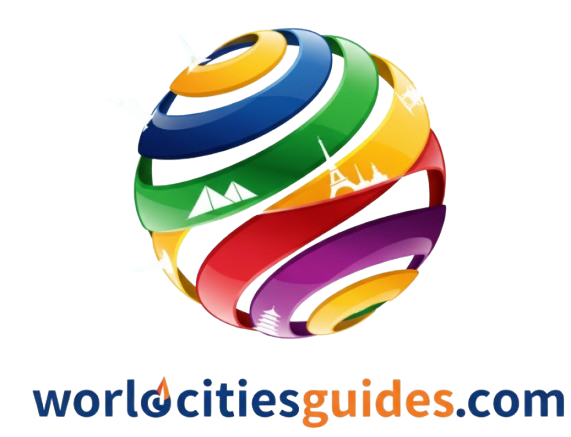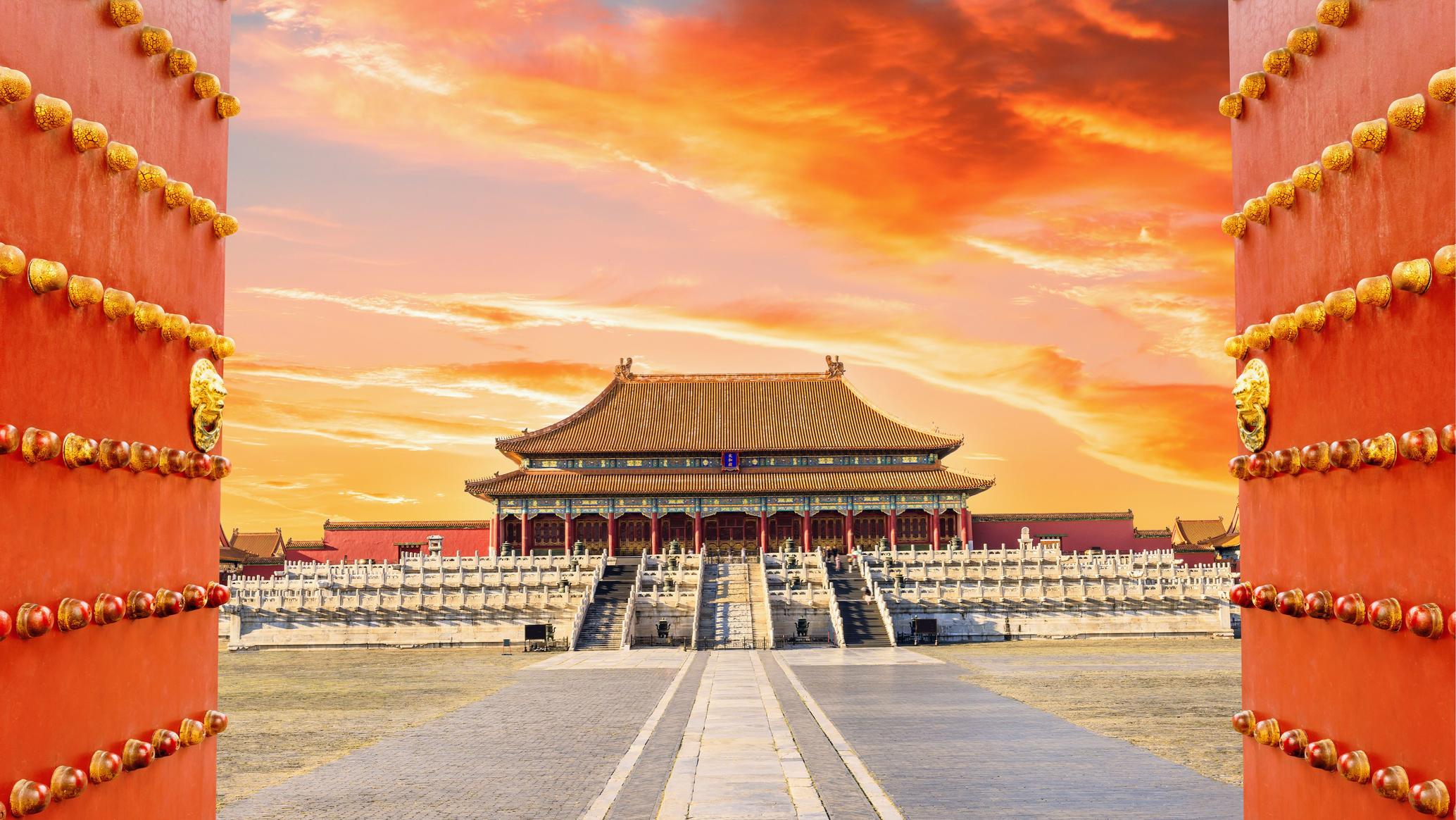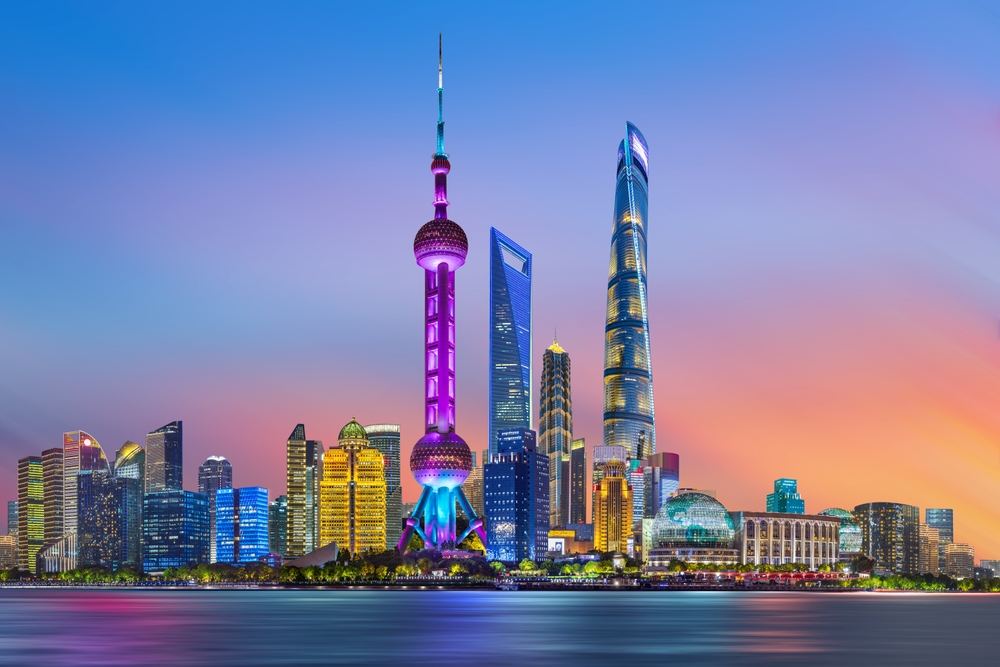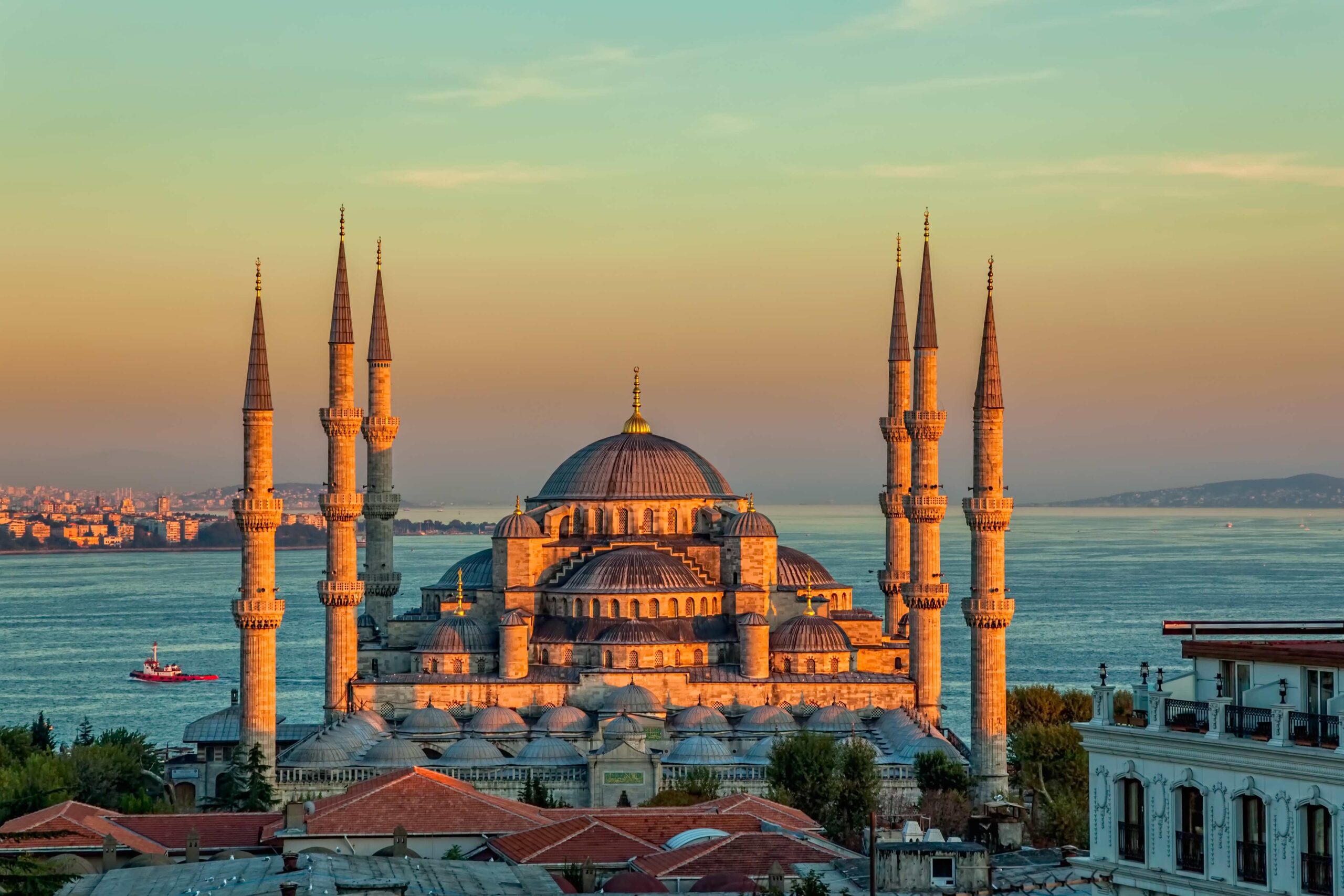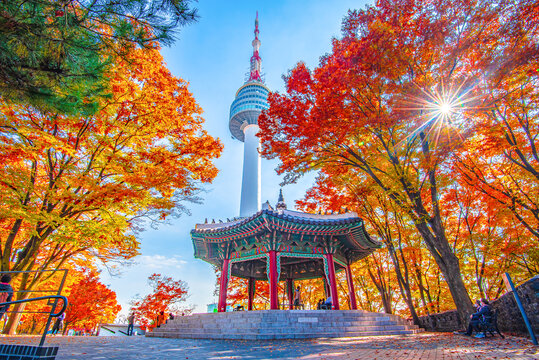There are few places in the world that combine history with contemporary verve quite as well as Beijing. With more than three millenniums of history behind it, the capital of China is a city where emperors reigned from and philosophies took birth, and is where towering skyscrapers stand next to centuries-old temples today.
Whether it’s the Great Wall or a robot-run restaurant, Beijing is a unique sensory experience. It’s vast, intricate, sometimes overwhelming — but for the inquisitive traveler, infinitely rich.
A CITY WITH A LEGACY: THE HISTORY OF BEIJING
Beijing’s story starts more than 3,000 years ago — but with many names throughout the centuries: Ji, Yanjing, Dadu and finally Beijing (which means “Northern Capital”).
It came to major renown in the 13th century during the Yuan Dynasty with Kublai Khan, where it was established as the capital of the Mongol Empire. Then came the Ming and Qing Dynasties, which ruled China from Beijing and whose grip on national identity in China (and beyond) helped erect key monuments including the Forbidden City, the home of emperors for almost 500 years.
Challenges In the 20th century Beijing emerged as a focal point of political change. Following the collapse of the Qing dynasty, Beijing became China’s political center. It was here in 1949 that the People’s Republic of China was established, ushering in a new era for the country.
Nowadays, Beijing is a political and cultural center of China, as well as a center for international education – in the best sense keeping up with history while throwing itself headlong into the thick of its future.
POPULATION AND PEOPLE
With more than 21 million residents, Beijing is one of the world’s most populous cities. It’s a belching megalopolis of government apparatchiks, students, migrant workers, business people, artists and entrepreneurs.
The traditional Confucian value and local culture coexist with global factors. Neighborhoods with traditional Beijing opera are only a few streets from cool art districts and international tech hubs.
Though the city is huge and hasty, Beijingers take pride in their history and are generally receptive to visitors who show deference for local culture and language.
LANGUAGE, CURRENCY AND ELECTRICAL STANDARDS
The official language is Chinese Mandarin (Putonghua). Although English is spoken in international hotels and some restaurants, it is not very common among the local population. An app for translation or a few words of Chinese can be quite useful.
The official currency is the Renminbi (RMB) which is also referred to as Yuan (CNY). Bank cards are often accepted, but electronic payments through mobile phones, like WeChat Pay and Alipay, rule daily expenditures. Cash is decreasing in frequency of use, though it remains a currency option for many tourist destinations.
Beijing uses 220-volt electricity, 50 Hz, and plug types A, C and I, so travelers will need adapters based on their country of origin.
CLIMATE: A CITY OF EXTREMES
Beijing has a continental climate, which translates to hot summers, cold winters and four clearly marked out seasons.
Summer (June to August): Hot and muggy, with temperatures often above 35°C (95°F). Thunderstorms are common.
Winter (December – February): It is cold and dry, going below 0°C (32°F) frequently. Snow is rare but possible.
Spring and Autumn: This is the ideal time to go—pleasant temperatures and clear skies along with blooming flowers or autumn leaves.
The city can also suffer from air pollution, particularly in winter. It’s always good to check the Air Quality Index (AQI) before you leave.
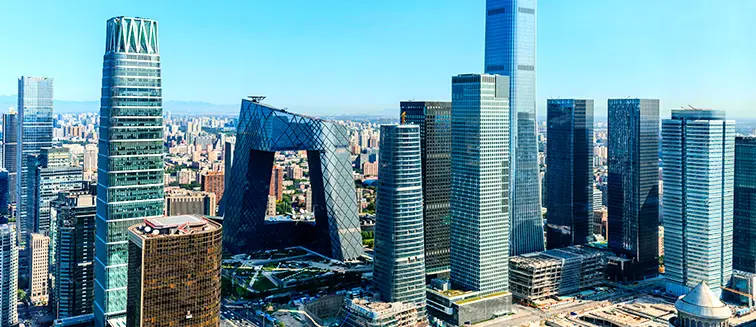
FLAVORS OF BEIJING: WHAT TO EAT
Beijing’s culinary scene is rich, varied, and deeply satisfying. It’s famous for dishes that are bold in flavor, often rich in meat, and steeped in centuries of imperial dining.
Must-try dishes include:
Peking Duck: Tasty and crispy, came with thin pancakes, scallions & sweet bean sauce. An iconic Beijing experience.
Zhajiangmian: Pasta with a thick, oily soybean paste, pork and vegetables on top.
Jianbing: Breakfast crepe with egg, scallions and crispy wonton chips—street food perfection.
Hotpot: Not strictly a Beijing original (our Chengdu friends are fond of saying that hotpot in Beijing is to Sichuan what chicken soup is to Jewish mothers — with the notable exception that good chicken soup doesn’t make you sweat and cough), huo guo (fire pot) gets good play in the winter months with diners swishing thinly sliced meat and vegetables in a bubbling broth at their table.
Baozi: Steamed buns stuffed with meat or vegetables — ideal for a fast meal.
It is possible to find western food in most of the main areas, but immersing yourself into local cuisine make up half the fun.
TRANSPORTATION: NAVIGATING THE MEGACITY
Beijing is a huge city, but it’s incredibly accessible thanks to its robust public transportation system.
Subway: The subway is quick, cheap and all-encompassing. It has more than 20 lines and serves almost all the city’s major attractions and neighborhoods. There are signs, and announcements are made, in Chinese and English.
Buses: Cheaper than the subway, but slower and less clear how to use if you don’t speak Chinese.
Taxis: Readily available and metered. A destination in Chinese can be of great help.
Bikes and E-Scooters: Apps for rented bikes are omnipresent for short trips, and many streets have bike lanes.
Ride-Hailing Apps: DiDi apps (China’s answer to Uber) abound and feature English interfaces.
Beijing isn’t much of a walker’s town for longer hauls, but walking in historical areas like Hutongs (traditional alleyways) is a joy.
IS BEIJING SAFE?
Yes, Beijing is quite safe for travelers. Violent crime is rare, and the police are ever-present, particularly in public and tourist-friendly areas.
Still, a few caveats:
Be alert to the pickpockets lurking in crowded places such as train stations or busy markets.
Don’t bring up politics, particularly in public or online—it’s best to avoid any hot-button issue.
Scams targeting tourists do happen. Be wary if strangers offer unsolicited assistance or attempt to hawk you overpriced tea or art.
Overall, visitors to Beijing say it’s a welcoming, clean place that feels safe — especially next to other global megacities.
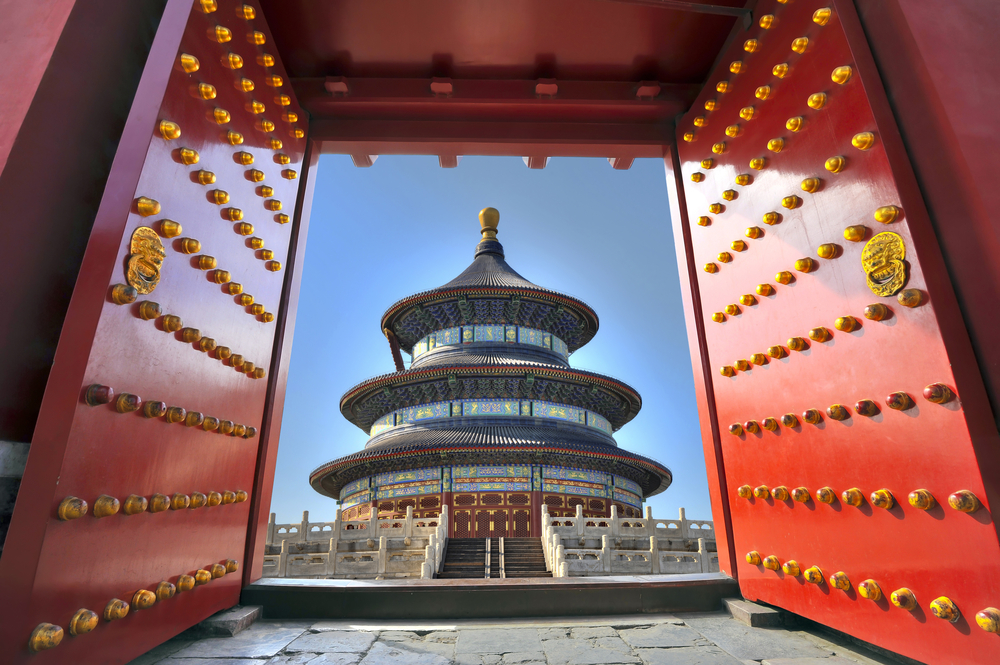
MUST-SEE ATTRACTIONS: A CITY OF WONDERS
Beijing has a lot of landmarks,but in any corner of the city you might chance upon history or even a week’s vacation might not feel like enough time.Select highlights:
The Great Wall: stretch along mountain ridges outside Beijing, wonder of the world with breathtaking views everywhere you look.A must-see.
Forbidden City: once home to emperors,now the largest of ancient palaces of its kind anywhere in the world.A walk through dynastic history,it also makes history come alive for you.
Tiananmen Square: a large public space in the world, surrounded by monuments and museums.
Temple of Heaven: built in the Ming Dynasty by emperors wishing for good harvests.A complex of woods.
But the voices Summer Palace: pavilions, gardens next to the lake, day sightseeing or leisure time. The Marble Boat a vast rock that allows you to feel unlimited time and space.
Beijing’s Hutongs: A sense of old Beijing life is visible in the narrow alleyways, hidden cafés, courtyards are found in almost every little corner.
798 Art District: Turned from an old factory area into contemporary art haven, trendy, innovative as well as full of cafes and shops.
OTHER IMPORTANT THINGS TO KNOW
Visa: Most travellers require a visa to enter China. (You’re better off doing it ahead of time.
Internet: Many Western sites (Google, Facebook, YouTube) are blocked. Use a VPN if you need access. But local apps like WeChat do everything — from messaging to paying your bills.
Tipping: Not customary in China. One doesn’t expect it in taxis or restaurants, although high-end hotels might take it.
Public restrooms: Found almost everywhere, but many are squat toilets. Come equipped with your own tissue, just in case.
Beijing isn’t a city that you breeze through — it’s one that engages and inspires. It makes you want to speed up and slow down at the same time. You’ll gasp at temples that are a millennium years old and then spaceship to the future, riding a bullet train roaring along at 210 miles an hour (350 kilometers per hour). You’ll listen to monks chanting as dawn light peeks through morning mist and see neon signs flickering on come nightfall.
Beijing requires patience, curiosity and an open mind. But if you surrender yourself to it, it rewards you with unforgettable stories and a deeper understanding of a culture that has helped govern the world.
This city doesn’t merely preserve history — it breathes life into it.
